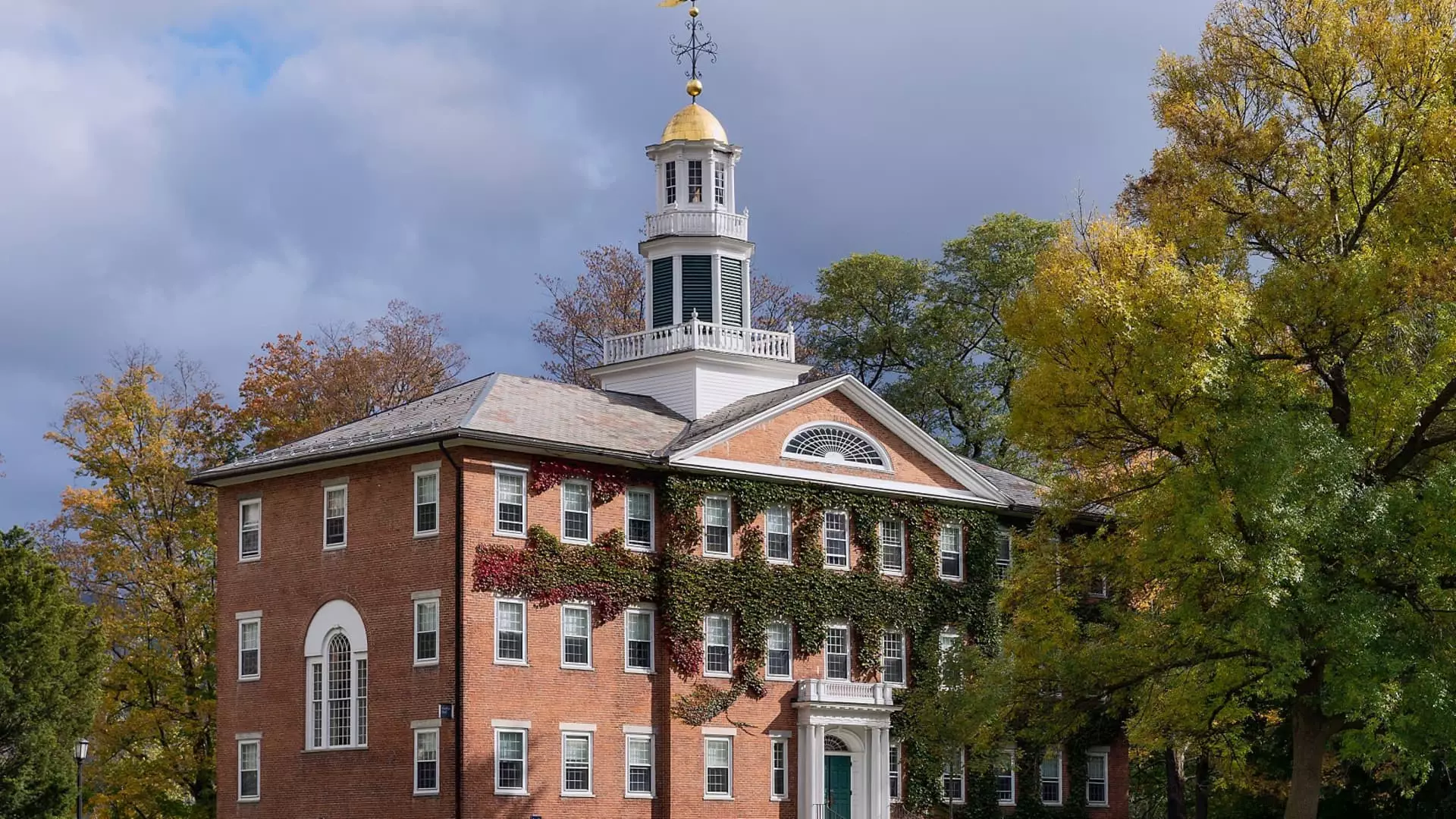In an unsettling turn of events, the future of higher education financing in the United States appears to be on the precipice of disaster. As college tuition continues its relentless upward spiral, the federal student aid system is bracing for a massive overhaul, igniting worries among parents and students alike. Under the guise of budgetary constraints and economic reform, the proposed cuts in federal financial assistance signals not a mere tinkering with existing policies but a damaging shift that threatens to impede access to higher education for many. This precarious situation could plunge aspiring students into a new realm of financial uncertainty, deepening the already prominent crisis of student debt.
The numbers speak volumes—college tuition has skyrocketed by an astonishing average of 5.6% each year since 1983. Meanwhile, household expenses have barely kept pace, creating a gaping chasm that leaves many students unable to bear the financial burden of college education. With the average cost of attending a four-year private college soaring to an eye-watering $58,600 for the 2024-25 academic year, it becomes painfully clear that the financial aid landscape cannot afford to condense or constrict. The Trump administration’s proposed cuts to programs like the federal Pell Grant exemplify a glaring disregard for the fact that these financial aids are not just numbers on a spreadsheet; they are lifelines for students who dream of pursuing their academic ambitions but lack the means to do so.
Inflation and Its Damaging Effects on Education Costs
One cannot ignore the harsh realities stemming from nationwide inflationary trends coupled with ongoing cuts in federal funding. Schools are left with no choice but to compensate by raising tuition fees, sometimes dramatically. The reality is that financial aid packages do not inherently mitigate the exponential costs of higher education. Robert Franek, editor in chief of The Princeton Review, astutely emphasizes that mere sticker prices do not capture the complete picture; rather, what families actually end up paying after scholarships and grants is the core concern. However, the substantial decrease in federal aid could render these critical financial forms—particularly grants, which are often the most coveted assistance due to their non-repayable nature—insufficient to close the widening affordability gap.
Franek’s assertion that “grants are the magic word” underscores a reality that cannot be overstated. In a landscape where financial aid has dwindled, the growing importance for families to focus on the net cost of education becomes even more pressing. Yet, many families are left with a nagging fear: as federal loan forgiveness options continue to dwindle, will the dream of higher education become unattainable for an increasing number of students?
The Role of Colleges in Financial Aid Distribution
In response to these pressing economic challenges, some colleges and universities are stepping up with robust financial aid packages, desperately attempting to lasso students into their halls of education. According to The Princeton Review’s rankings, top-tier colleges are offering incredible scholarship grants, sometimes amounting to over $66,000—an impressive figure but one that still highlights the staggering affordability problem. For higher education institutions where the average sticker price flirts with the $90,000 mark, these scholarships serve not so much as a solution but rather a necessary band-aid on a profound wound.
While it’s commendable that some educational institutions are taking proactive steps to assist financially burdened students, these efforts are skewed in favor of those whose academic profiles fit the mold of privilege. Opportunities for financial aid aren’t uniformly distributed among all colleges—students from lower-income backgrounds may be further disadvantaged as the gap between the affluent and the less privileged widens in terms of access to quality education.
Higher Education: A Necessity or a Luxury?
Against this backdrop, one must ask: Is a college education becoming a luxury reserved for the affluent? The educational elite could potentially find themselves stepping away from a critical role they play in fostering equality. Students from less-endowed backgrounds could increasingly find themselves marginalized, relegated to lower-quality institutions or, worse, out of the educational system altogether. This trend ultimately threatens the very fabric of our society, depriving future generations of critical thinkers and innovators.
Higher education has long been touted as a vehicle for social mobility, a pathway to empowerment, and a key driver of national prosperity. However, if policymakers persist in crippling federal aid, we risk transforming that pathway into a treacherous terrain riddled with financial pitfalls and exclusionary barriers. The rising cost of education must not be a suffocating burden shouldered predominantly by those who are already struggling; this paradigm must shift if we are to preserve higher education as an essential institution rather than a luxury item.

